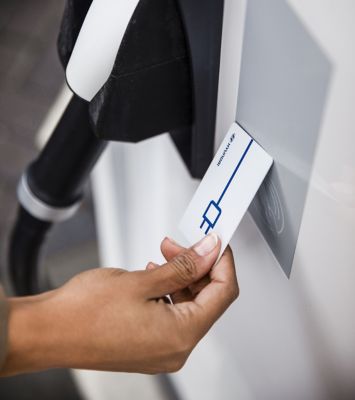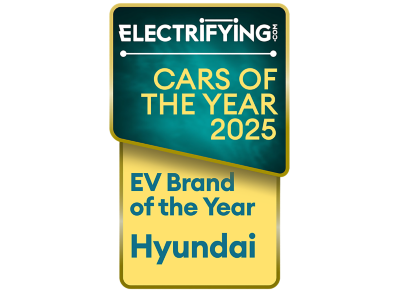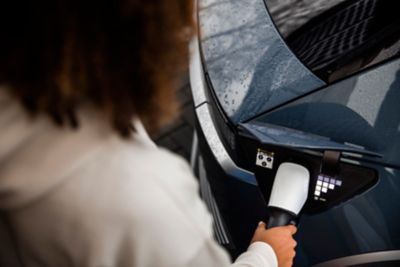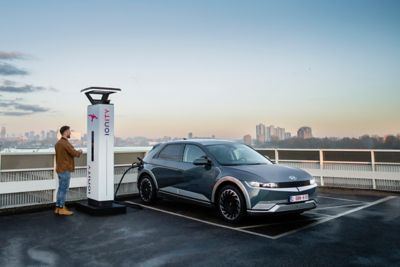It has never been easier to charge your Hyundai.
Charge myHyundai is a comprehensive and easy-to-use public charging solution that gives you access to one of the largest public charging networks in Europe, with over 800,000 chargers1. With over 48,5001 of those in the UK, you will never be short of finding a nearby public charging station.
Attractive charging to fit your needs.
Charge myHyundai offers different tariffs for different driving needs. All tariffs make charging convenient, efficient and simple, with easy payment and a single, straightforward monthly bill. All your charging sessions and invoices are in the web portal and app. Charge myHyundai supports environmentally friendly ways of generating electricity.

1 App. 1 Card. 1 Invoice. More than 800,000 Charge Points1.
Access to more than 800,0001 public charging stations in 28 European with one single contract through e-roaming.
Get the app, find a charger anywhere.
The Charge myHyundai experience can be enhanced through the Charge myHyundai app which is available for iOS and Android. With the app you can search for charge points, apply various filter options (such as plug type, charging speed, access type etc.) and even get real-time updates on charging fees and availability. The Charge myHyundai app also comes with a navigation function.
Attractive charging tariffs to fit your needs.
Charge myHyundai offers different tariffs so you can find the perfect fit for your driving needs. All tariffs are designed to make charging convenient, efficient and simple, offering easy payment and a single, straightforward monthly bill.
Experience more of electric car charging.
Discover the charging alternatives you have with an electric car.







